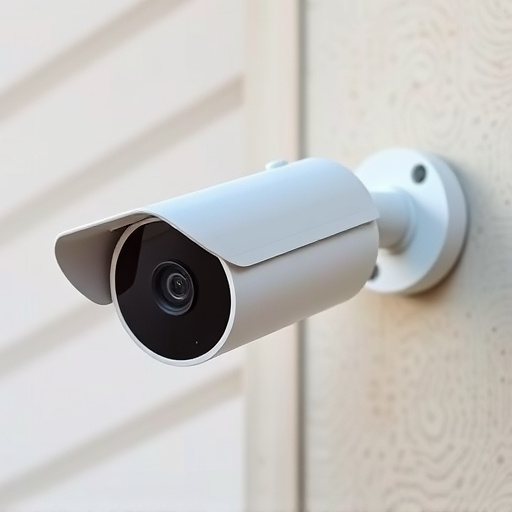Installing Dummy Dome Camera Systems involves strategically placing visually appealing, cost-effective devices on walls or ceilings (at natural line-of-sight heights) to mimic active surveillance, deterring intruders without recording footage. Position cameras near windows, corners, or perimeters for comprehensive coverage while avoiding obvious locations like entrances or exits. This approach enhances security by simulating surveillance in visible areas, often discouraging unauthorized access. Strict adherence to local surveillance laws and ethical considerations regarding privacy is crucial during installation.
Installing dummy dome camera systems can significantly enhance security while offering a cost-effective alternative to real surveillance. Understanding how these systems work and choosing the right placement strategy is key. This article delves into essential tips for optimizing their effectiveness, focusing on visual deterrence, legal considerations, and ethical guidelines. By following these practices, you can maximize the benefits of dummy dome camera systems for enhanced security without compromising privacy.
- Understanding Dummy Dome Camera Systems
- Choosing the Right Placement Strategy
- Visual Considerations for Optimal Deterrence
- Legal and Ethical Guidelines to Follow
Understanding Dummy Dome Camera Systems
Installing dummy dome camera systems involves strategically placing these devices to enhance security and deter potential intruders. These cameras, designed to mimic real surveillance equipment, offer a cost-effective solution for homeowners and businesses alike. Understanding their functionality is key to effective placement.
Dummy dome cameras feature a sleek, spherical design, often with LED indicators that resemble the lens of a true camera. They are typically installed on walls or ceilings, providing a panoramic view of the surrounding area. When strategically positioned, these cameras can deter criminals by giving the appearance of active surveillance, even if they do not record footage. This simple act can significantly increase the security perception and potentially discourage unwanted activities.
Choosing the Right Placement Strategy
Choosing the right placement strategy is key when installing dummy dome camera systems. Consider the area’s layout and potential blind spots. Place cameras at heights that mimic natural lines of sight, such as eye level or slightly elevated, to create a sense of vigilance. Avoid obvious locations where genuine cameras might be expected, like directly above entrances or exits, as this could undermine the dummy camera’s effectiveness.
Instead, opt for positions that offer comprehensive coverage without drawing undue attention. For example, place them near windows, corners, or along perimeters. This strategic approach ensures a realistic simulation while providing valuable security insights into areas that might otherwise be overlooked.
Visual Considerations for Optimal Deterrence
When considering dummy surveillance camera placement, visual impact is a key factor in deterring potential criminals.
The strategic positioning of these realistic-looking dome cameras can significantly enhance security while maintaining an aesthetically pleasing environment. Installing Dummy Dome Camera Systems in prominent locations, such as entry points, open spaces, and areas with high foot traffic, sends a clear message that your property is under surveillance. The visual presence of these cameras alone can often deter would-be intruders, making them think twice before attempting any unauthorized access.
Legal and Ethical Guidelines to Follow
When installing dummy dome camera systems, it’s crucial to navigate the legal and ethical landscape carefully. Every jurisdiction has specific laws regarding surveillance, so understanding and adhering to these regulations is essential. For instance, many regions require explicit consent from individuals being monitored, especially in residential areas. Some places also mandate clear signage indicating the presence of cameras to respect privacy rights.
Ethical considerations include balancing security needs with personal freedoms. Cameras should be placed strategically to deter crime without invading private spaces or disrupting daily life. It’s important to remember that dummy cameras are not just for decoration; they carry implications, so responsible installation and a deep understanding of the surrounding legal framework are paramount.
Installing Dummy Dome Camera Systems can significantly enhance security, but responsible placement is key. By understanding the technology, choosing strategic locations, considering visual impact for maximum deterrence, and adhering to legal and ethical guidelines, you can effectively utilize these devices as a powerful tool in your security arsenal.
